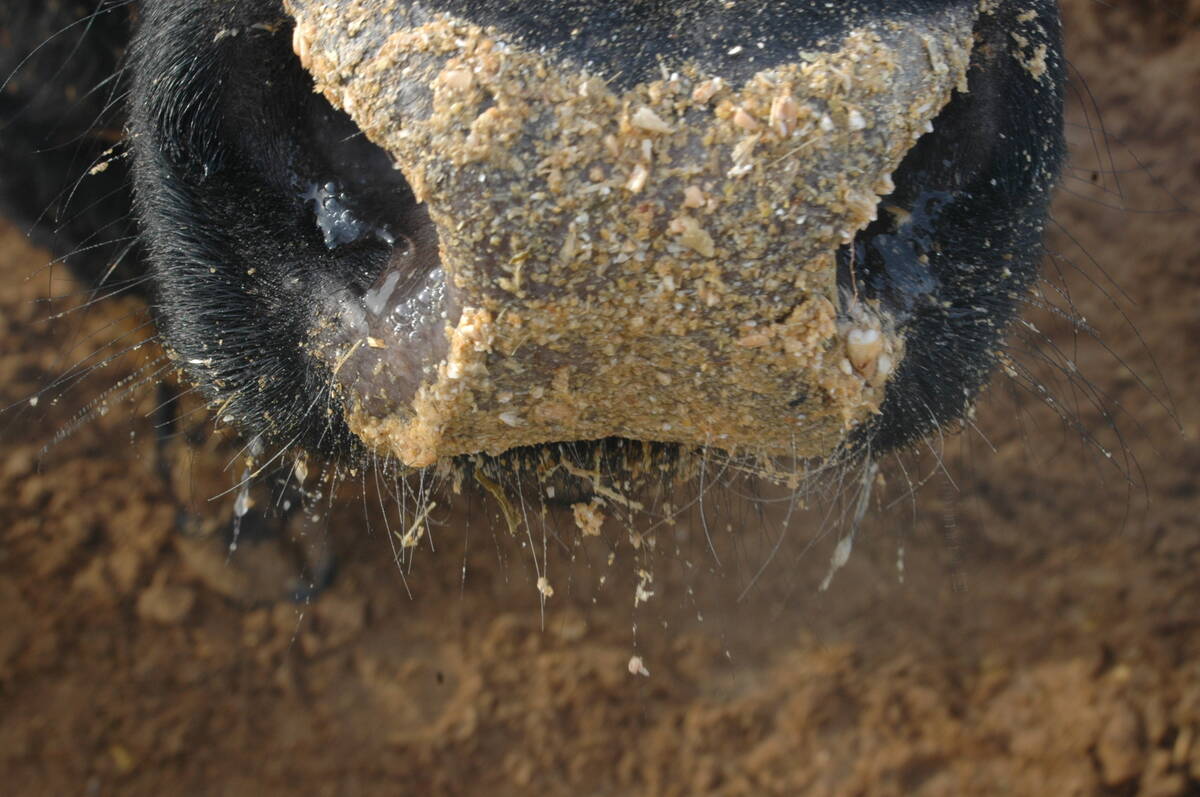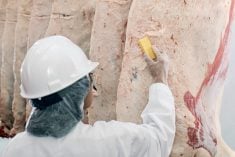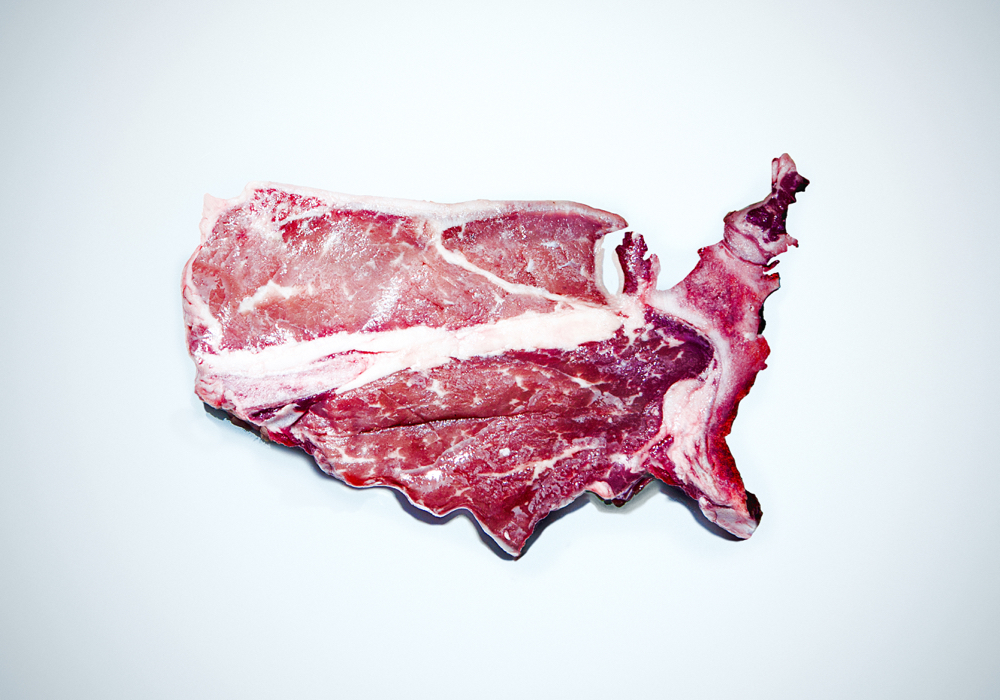The government is here to help you. How many times have you heard that expression and reeled at what that help might mean? This is what the U.S. beef industry is facing in light of calls by U.S. lawmakers to demand government mandates on required minimum negotiated cash markets for live cattle.
Some members of Congress have proposed legislation called 50/14 or 30/14 that would require cash purchases at much higher levels than today. But the short-term impact for such policies would be a US$2.5 billion negative impact in the first year and a negative impact of US$16 billion over 10 years, inflated to 2021 dollars, says Stephen Koontz of Colorado State University. This cost would be levelled mainly on cattle producers. The 50/14 proposal would have these negative impacts and the 30/14 would have similar negative impacts, albeit halved, he says.
Read Also

Feed grain update for Canadian beef producers
Factors affecting the feed grain market and what it means for Canadian cattle feeders
Koontz is among a group of notable university economists from across the nation whose work on market issues was compiled in a recent report titled The U.S. Beef Supply Chain: Issues and Challenges. The report, which was commissioned by Congress, cited the negative financial impact.
Other findings included: Supply and demand has the most influence on cattle prices;
- Most economic research confirms that the benefits to cattle producers due to economies of size in packing largely offset the costs associated with any market power exerted by packers;
- Innovation via alternative marketing agreements originated with cattle feeders who were attempting to capture value associated with improved quality;
- Reliance on formula pricing significantly reduced transaction costs associated with negotiation and induced predictability in the supply chain.
The economists also reached agreement that price discovery in fed cattle markets is still robust despite the fact that less than 30 per cent of the transactions are negotiated. But additional transparency would be good to help build confidence in the market, they said. The National Cattlemen’s Beef Association (NCBA) called the study on target. The 50-14 bill introduced in the Senate to force packers to purchase 50 per cent of their cattle from the spot market within 14 days will lead to more costs for cattle producers, says NCBA’s Ethan Lane.
Transparency and price discovery are critical in trying to find a solution to the cattle market price dilemma, says Lane. But any legislation calling for harsh mandates will just lead to unintended costs and consequences for all producers.
Lane is spot on. But it is unfortunate that NCBA and USDA continue to focus on lack of beef processing capacity as the primary live cattle market issue. As I wrote in my early September column, a labour shortage and subsequent decline in capacity utilization is the issue, not lack of capacity. Yet NCBA and USDA make little mention of this and have done nothing to put forward ideas on how to alleviate the shortage.
One idea would be to develop a guest worker program for meat processing plants that would allow foreigners to enter the country and work in plants for a required length of time. Such a move has already been implemented in Canada to try to alleviate a labour shortage.
Market analyst John Nalivka has spent 33 years tracking industry-wide capacity. Slaughter, while not encompassing all aspects and potential bottlenecks of a plant, is probably the best metric to estimate and track capacity in the red meat industry, he says. His estimated annual fed cattle slaughter capacity is 29.80 million head. On a weekly basis, fed slaughter is 574,974 head or 104,541 head per day on a 5.5-day week. These are numbers NCBA and USDA should heed.
















